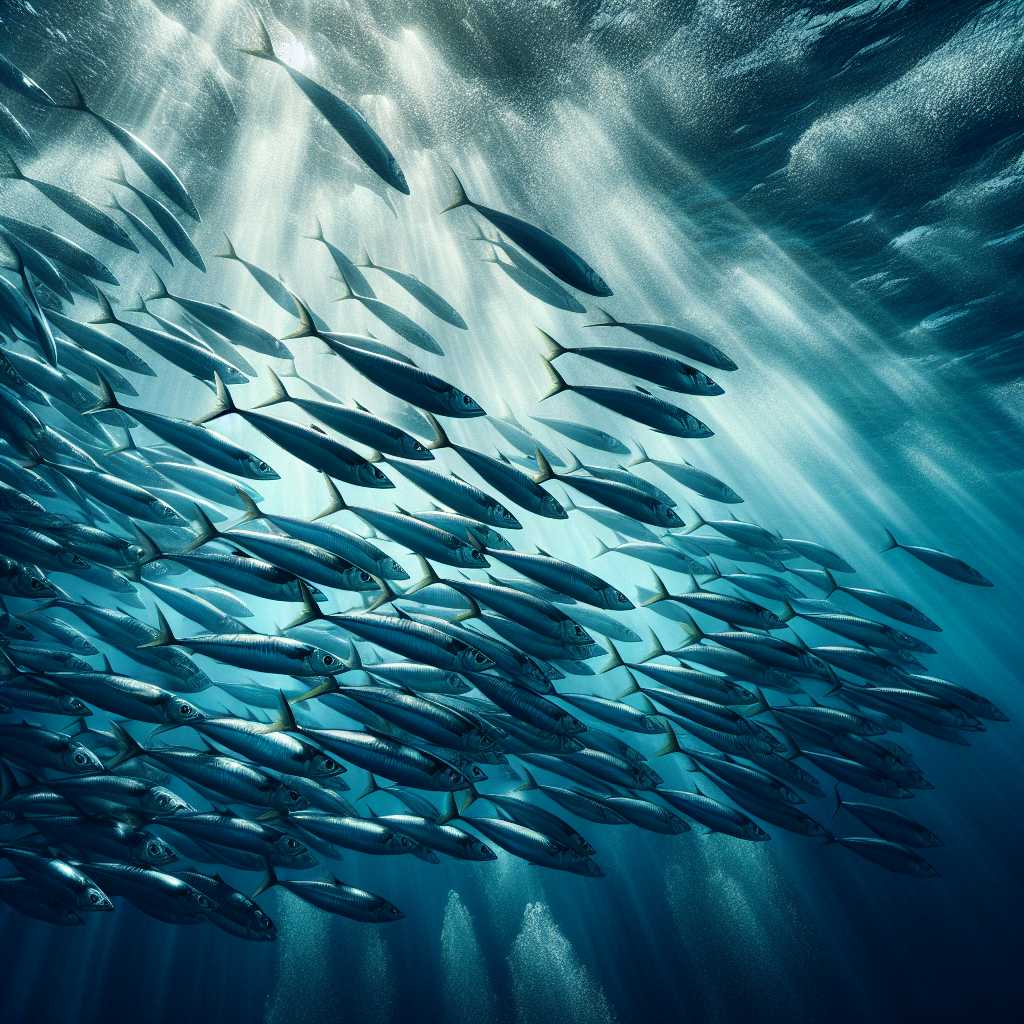The Extensive World of Herring: A Keystone Species in Marine Ecosystems
Herring are small, silver-colored fish that represent a vital component of marine ecosystems around the world. They are not only a key source of nourishment for a wide range of marine creatures but also form the basis of one of the world’s most significant fisheries. This article delves into their biological characteristics, ecological significance, global fishing practices, and the challenges they face in the modern era.
The Biology of Herring
Herring belong to the Clupeidae family, which encompasses various species commonly found in both the Atlantic and Pacific Oceans. They have slender bodies, deeply forked tails, and a single dorsal fin. One of the most remarkable features of herring is their schooling behavior, where huge numbers congregate together for protection, more efficient foraging, and streamlined movement through the water.
Herring have a high reproductive rate; a single female can lay up to 200,000 eggs at a time. After spawning, herring eggs typically adhere to rocks or vegetation until they hatch. Larvae and juvenile herring face numerous predators and therefore have high mortality rates, yet those that survive grow rapidly and can live up to twenty years.
Ecological Significance of Herring
In marine ecosystems, herring play a pivotal role by transforming phytoplankton, which they feed on, into energy that is accessible to larger predators. They sit midway in the food chain and are preyed upon by a variety of animals such as seabirds, marine mammals like dolphins and whales, as well as important fish species including cod and tuna. This makes them a keystone species—without them, the stability of ocean ecosystems could be severely compromised.
Global Herring Fisheries
The extraction of herring is a major economic activity conducted on an international scale. Herring are harvested not just for human consumption—fresh, salted or smoked—but also for bait in other fisheries and as a raw material for fish oil and animal feed. Major herring fisheries exist in the North Atlantic and North Pacific, with countries such as Norway, Russia, Canada, and the United States contributing significantly to global catch totals.
Historically, herring fishing was so prolific in places like the Baltic Sea and off the coast of Great Britain that it played a decisive role in local economies for centuries. However, technological advancements in fishing have led to increased catch sizes which poses sustainability concerns.
Conservation Challenges
Herring populations are sensitive to overfishing due to their tendency to congregate in large schools making them an easy target for fishers. Various historical events exemplify this vulnerability—over-exploitation has previously led to dramatic declines in certain herring populations.
Moreover, herring are facing challenges from environmental changes such as ocean warming and acidification due to climate change. These changes can affect spawning grounds and alter food availability affecting herring populations and subsequently impacting other species within the food web that depend on them.
Marine conservation policies and international agreements aim to manage herring stocks sustainably. Quota systems and monitoring of catch sizes can help maintain healthy populations if implemented effectively. Continuous research into their lifecycles and migratory patterns also aids conservation efforts.
Notes
Image description:
A school of Atlantic herring swimming close together underwater with sunlight filtering through the surface above, highlighting their silvery bodies as they move through the deep blue sea.
q74Sy

